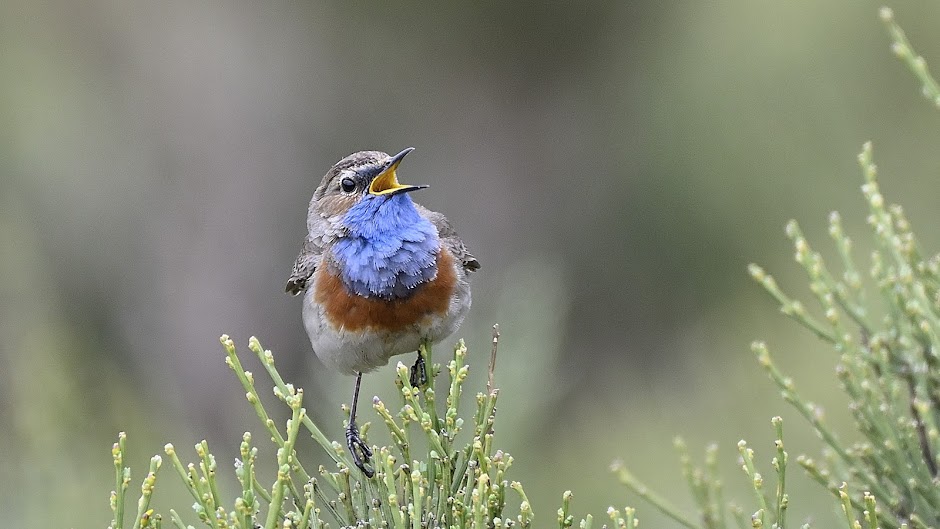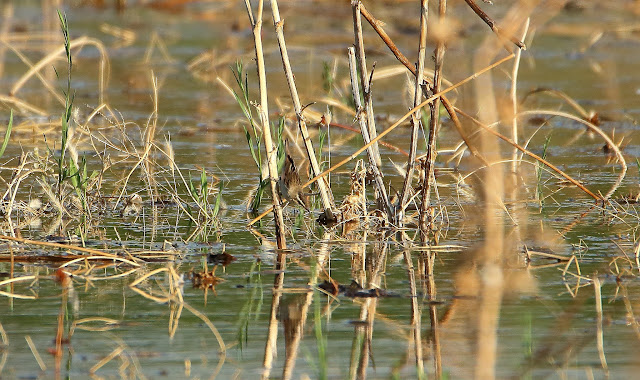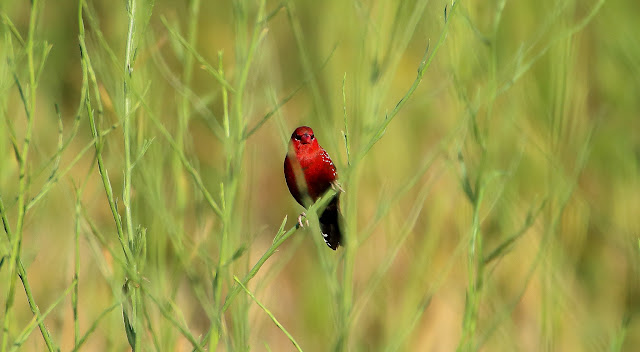I remind you that in the following link you can see our upcoming trips.
Próximos viajes. Next trips.
Hola una vez más.
Hello once again.
Esta entrada es sobre la Sierra del Rincón. En verano es aconsejable dirigir a los clientes a lugares más frescos que en los llanos aunque también depende del tipo de especies que quieran avistar.
This post is about Sierra del Rincón. In summer it is advisable to direct customers to cooler places than in the plains but also depends on the type of species they want to spot.El día fue caluroso pues llegamos a tener 30 grados centígrados pero en cualquier caso menos que en el valle ya que al llegar a Madrid Capital el termómetro marcaba los 39 grados.
The day was hot because we had 30 degrees Celsius but in any case less than in the valley since arriving at Madrid Capital the thermometer showed 39 degrees.
Siempre que voy a esta sierra me sorprende lo bonita que es.
Whenever I go to this mountain range it surprises me how beautiful it is.
Lo más abundante de toda la excursión fueron los alcaudones pues además de los adultos vimos muchos jóvenes aunque estos últimos más esquivos que sus progenitores.
The most abundant of all the tour was Shrikes because apart of adults we saw many juveniles although these were more elusive than their parents.

Macho de alcaudón dorsirrojo (Lanius collurio).
Male of Red-backed Shrike.

Vimos tres parejas distintas acompañadas por sus hijos que aun no eran independientes del todo.
We saw three different couples accompanied by their offsprings who were not completely independent.


Uno de los muchos jóvenes que vimos de alcaudón dorsirrojo (Lanius collurio).
One of the many juveniles we saw of Red-backed Shrikes.

Curruca mosquitera (Sylvia borin).
Garden Warbler.

Alcaudón común (Lanius senator).
Woodchat Shrike.


También tuvimos la suerte de ver tres ejemplares distintos de abejero europeo (Pernis apivorus). Éste fue el primero.
We also had the chance to see three different Honey buzzards. This was the first.

Cernícalo vulgar (Falco tinnunculus).
Common Kestrel.

Águila calzada (Aquila pennata) morfo claro.
Booted eagle (Aquila pennata) pale morph.

El segundo abejero europeo (Pernis apivorus).
The second Honey Buzzard.

Y en esta otra foto compartiendo cielo con el águila calzada (Aquila pennata) fase clara.
And in this other photo sharing sky with the Booted Eagle pale phase.

Al poco rato el segundo ejemplar pasó un poco más cerca.
Soon the second specimen passed closer.

Un bonito ejemplar de mariposa pandora (Argynnis pandora).
A beautiful copy of Butterfly Cardinal.

Niobe (Argynnis niobe).
Niobe Fritillary.

Medioluto ibérica (Melanargia lachesis).
Spanish Marbled White.

Busardo ratonero (Buteo buteo).
Common Buzzard.

Zarcero políglota (Hippolais polyglotta).
Melodious Warbler.

Curruca mirlona (Sylvia hortensis).
Orphean Warbler.

Vimos dos jóvenes de roqueros rojos (Monticola saxatilis).
We saw two juveniles of Rock Thrush.


Tarabilla europea (Saxicola rubicola).
Common Stonechat.

Y el tercer ejemplar de abejero europeo (Pernis apivorus). Es una pena que estuviese a contraluz pues estaba realmente cerca nuestro.
And the third specimen of Honey Buzzard. It's a shame it was at backlighting because it was really close to us.


Mosquitero papialbo (Phylloscopus bonelli).
Western Bonelli's Warbler.

Agateador común (Certhia brachydactyla).
Short-toed Treecreeper.

Joven de petirrojo europeo (Erithacus rubecula).
Juvenile of European Robin.

Rara vez veo cigüeñas negras (Ciconia nigra) en esta parte de la sierra. Debía estar ya en paso migratorio.
I rarely see Black Storks in this part of the Mountain Range. It should already be migrating.


Cuando la cigüeña estaba cicleando apareció un águila calzada (Aquila pennata) fase clara. Iba muy alta y de repente .....
When the Stork was circling appeared a Booted Eagle pale phase. He was very high and suddenly .....

E hizo un picado para expulsar a la cigüeña negra (Ciconia nigra). Fue un momento inolvidable ver la velocidad de ambas aves y el picado que hicieron. El lance se repitió en tres ocasiones pero yo me quede observándolo disfrutando del momento.
And it made a dive to expel the Black Stork. It was an unforgettable moment to see the speed of both birds. The dive was repeated three times but I was watching enjoying the moment.

Esta foto fue de suerte.
This was a lucky photo.
At the end nothing happened and the Stork went on with its trip.
Si queréis suscribiros a este blog de los viajes que hacemos pincha en el siguiente enlace: Suscribirse y haz clic en ¿ Quieres suscribirte a nuestro blog?
If you want to subscribe to this post about the trips we do, click on the following link: Susbcribe and click on: Do you want to subscribe to our blog?
Hasta pronto.
See you soon.

































